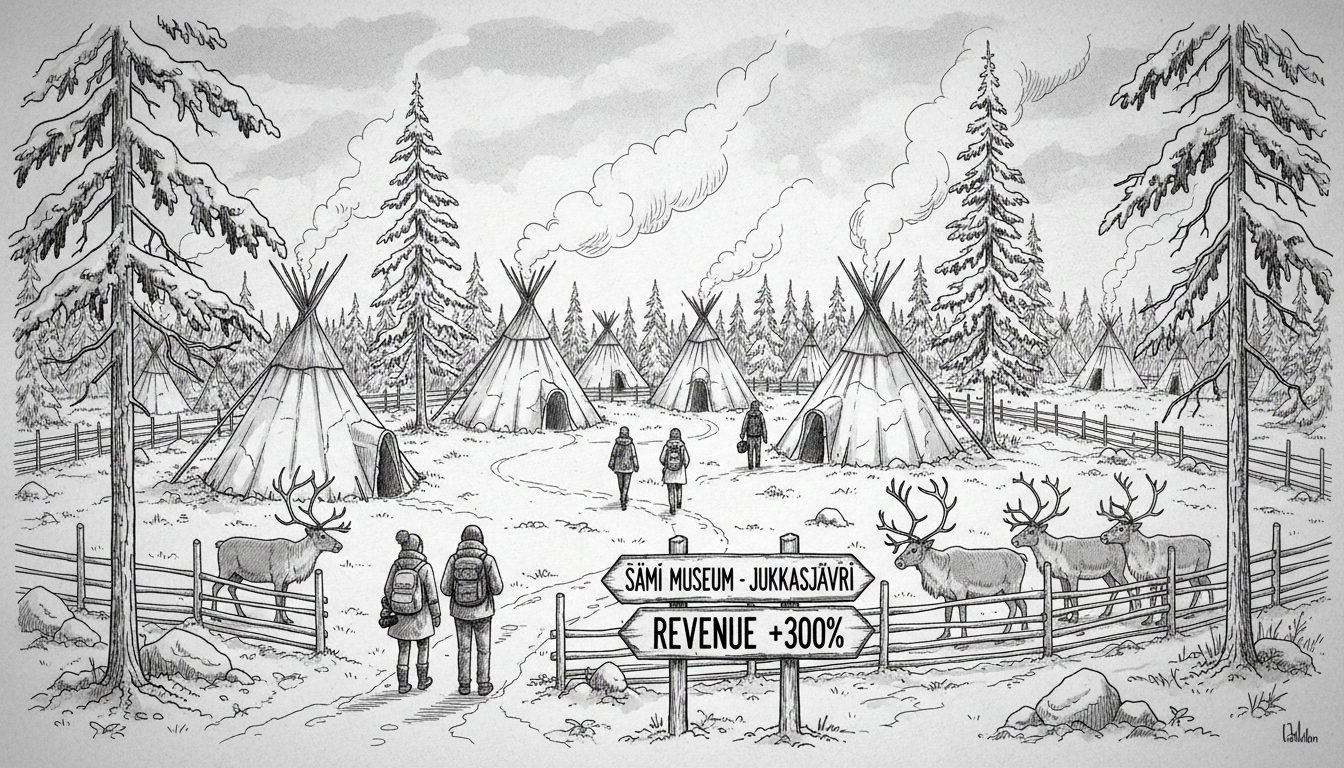Despite a mostly wet and muddy autumn, tourists continue lining up at the Sami outdoor museum in central Jukkasjärvi. This cultural attraction offers visitors traditional crafts, Sami history lessons, and the chance to meet reindeer.
Tourism developer Hanna Lejon feeds reindeer while explaining the dramatic increase in visitors. She states the company has nearly tripled its revenue since global travel restrictions lifted. The museum now experiences unprecedented autumn activity compared to pre-pandemic levels.
Northern Sweden's tourism surge presents an interesting case study. The region typically attracts winter visitors for ice hotels and northern lights viewing. This off-season boom suggests changing travel patterns across the Nordic region. Many travelers now seek authentic cultural experiences beyond typical tourist attractions.
Tourism guide Sáráhkká Ramström notes the changing visitor demographics. More international tourists arrive from diverse locations. Domestic Swedish tourism has also increased significantly. She describes a growing sense of domestic travel enthusiasm among Swedes exploring their own country.
The exact reasons behind Norrbotten's tourism success remain unclear. Tourism officials express uncertainty about visitor expectations. They also wonder what drives this particular regional boom when other areas struggle with post-pandemic recovery.
This tourism growth brings important economic benefits to remote northern communities. It creates jobs and supports local artisans and cultural preservation efforts. The Sami museum's success demonstrates how cultural tourism can drive regional development in Arctic areas.
Similar trends appear across Nordic countries. Norway's northern regions report increased interest in Sami culture and Arctic experiences. Finland's Lapland also sees growing demand for indigenous cultural tourism. This suggests a broader Nordic tourism shift toward authentic cultural immersion.
The sustainability of this tourism boom remains uncertain. Local communities must balance economic benefits with cultural preservation. They also face infrastructure challenges from increased visitor numbers during traditionally quieter seasons.
Northern Sweden tourism development shows no signs of slowing. Industry experts watch closely to see if this represents a temporary post-pandemic trend or a fundamental shift in travel preferences toward authentic Nordic cultural experiences.

